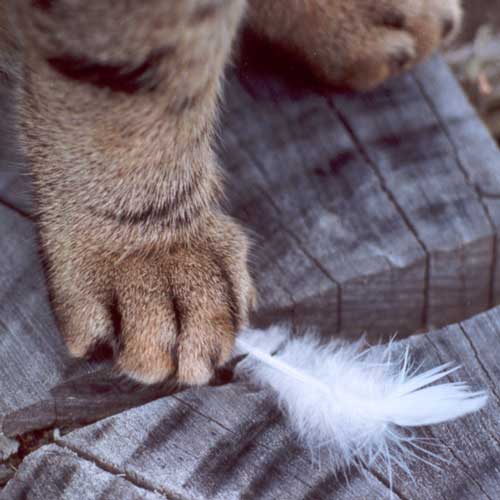
Data:
One of the most talked about impacts of wind power is its effects on birds. In the late 1980s, the California Energy Commission reported deaths of 160 birds due to collisions with wind turbines, including the cherished golden eagle. Since the emergence of the immense wind project in Altamont Pass in California, an estimated tens of thousands of birds have died. Now, many environmentalists who supported wind power are condemning it. But how big is the bird problem? |
 |
A study completed in 2001 by the National Wind Coordinating Committee argues the problem is actually pretty minute. The study, which scientifically observed numerous human-made structures, found that wind turbines in the US are responsible for 10,000 to 40,000 bird deaths per year. However; vehicles, buildings, and power lines are responsible for 60 to 80 million, 98 to 980 million, and up to 174 million, respectively. In addition, the National Audubon Society estimates that upwards of 100 million bird kills are the result of house cats every year in the US. |
| And while there are clearly more automobiles than wind turbines, advancements in wind technology have also lowered the bird fatality rate per turbine, so that the original numbers at Altamont Pass will not be repeated. For example, the Foote Creek Rim project in Wyoming placed turbines in a certain location and direction to avoid interference with flight patterns. In addition, wind turbines are now designed without possible perching or nesting spots, which also has lowered bird fatality rates. |